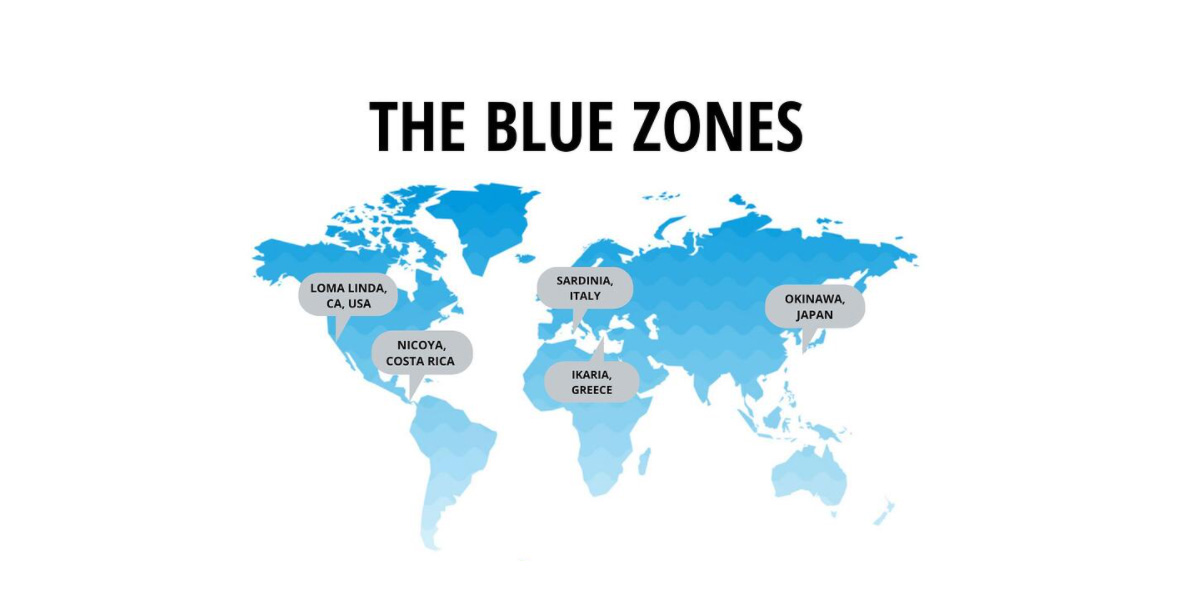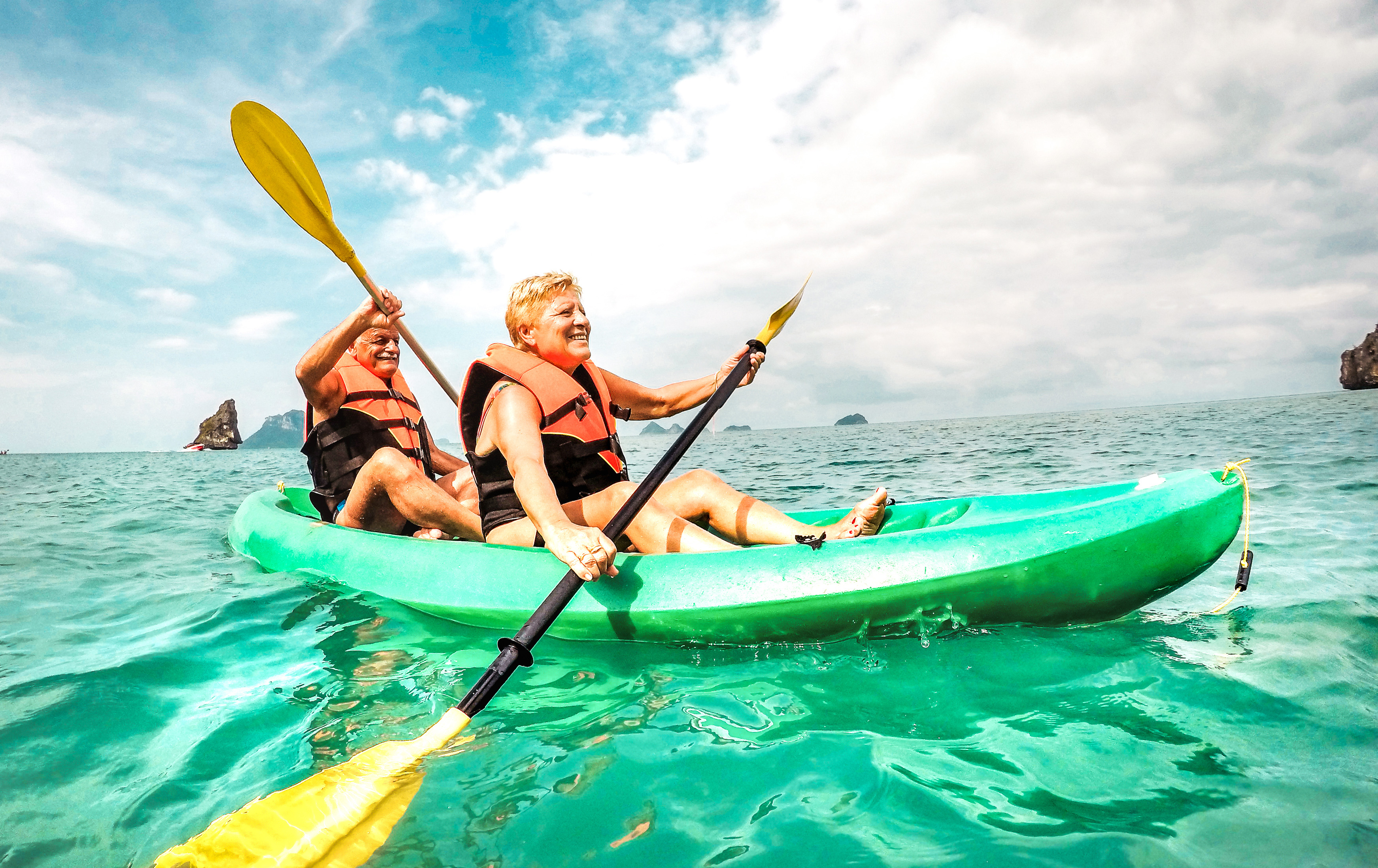
Blue Zones are regions around the world that have gained attention and study due to the high concentration of healthy, long-lived individuals— those who reach the age of 100 or older. Dan Buettner first introduced the concept of the blue zones in National Geographic. He emphasizes that the blue zone diet is just one aspect of a healthy lifestyle because it encompasses more than just food.
Researchers have extensively examined their lifestyle, diets, social connections, and other factors in these regions to learn valuable lessons about longevity and well-being. Currently, there are five recognized Blue Zones, with only one of them is in the United States. The recognized Blue Zones are Ikaria (Greece), Sardinia (Italy), Okinawa (Japan), the Nicoya Peninsula (Costa Rica), and Loma Linda (California).
Loma Linda is located approximately 60 miles east of Los Angeles. The population of Loma Linda includes a large community of Seventh-day Adventists who follow a vegetarian diet, prioritize physical activity, maintain strong social connections, and have a sense of purpose in life. These factors significantly contribute to their remarkable longevity and overall health.
People in Blue Zones naturally integrate physical activity into their daily lives. They engage in activities like walking, gardening, and biking every day. They have close social bonds with friends and family, participate in social or religious groups, and maintain a clear sense of purpose. They exhibit resilience in managing stress. They eat a plant-based diet (typically consuming 98% plant- based foods. Although they do consume meat and seafood, these are not the central focus of their meals. They also practice mindful eating, stopping before they feel full.
If you want to adopt dietary habits in the United States that align with the Blue Zones’ healthy eating patterns worldwide, consider emulating diets from African, Asian, Latino, and Native American cuisines. Communities that feature more people adhering to these diets prioritize whole grains, seasonal vegetables, tubers, nuts and, most importantly, beans. These diets are similar to the Mediterranean Diet, widely regarded as one of the healthiest diets, emphasizing plant-based dishes with occasional flavoring from meat and a variety of seafood. In contrast, people in Blue Zones rarely eat meat, eat less seafood, and don’t eat foods made from cow’s milk.


